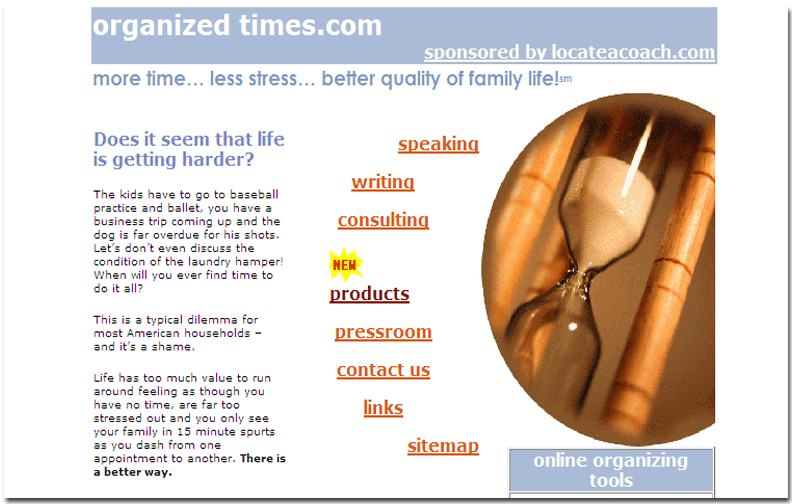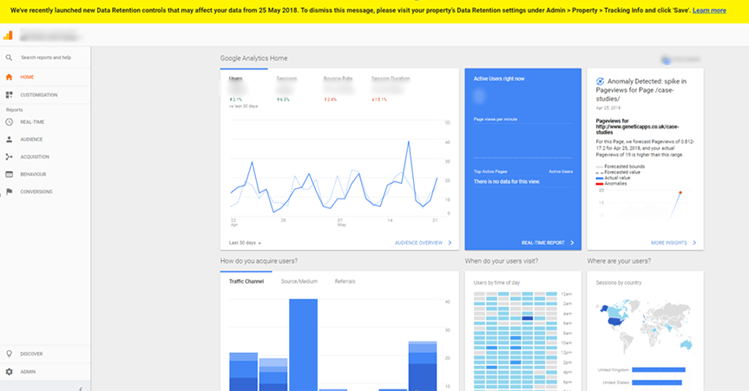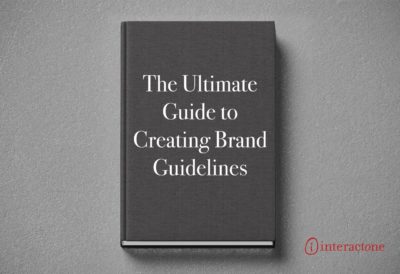 The minute you began to create your very first piece of copy, you most likely discovered that writing it isn’t easy. In fact… after hours of staring at a blank computer screen, you probably started talking to yourself:
The minute you began to create your very first piece of copy, you most likely discovered that writing it isn’t easy. In fact… after hours of staring at a blank computer screen, you probably started talking to yourself:
“What am I doing?”
“Who am I writing to, anyway?”
“Since I don’t know who they are or what they want, I guess I’ll just tell them what I want them to know.”
This is a B I G issue that you’ll need to get settled before you’ll be able to create copy that causes your target customers to respond the way you want. So many times people sit down and begin to write copy without having a clue who they are writing to. The result is usually copy that focuses totally on the company/brand with no regard to the customer whatsoever. There is a way to avoid this tragic – and all-too-common mistake…
Get inside the mind of your target audience.
By target audience, you might think of males between the ages of 35 and 50, corporate managers, married with two kids, making over $100,000 a year type of stuff. But knowing your target audience and getting inside their minds goes way beyond that. Think of it this way. When you sit down to write a letter, you don’t write it first and then think, “Hmmm, I wonder whom I can mail this to?” Instead, you decide who you want to write to and THEN you sit down to create the letter.
Let’s say you bought a new car and you want to write a letter – or email – to several people telling them all about it. What you’re going to do is highlight the information that will be of interest to that particular person you’re writing to.
For example, you’re going to tell your best friend all about how fast the car will go, how sleek the interior is, what a super stereo it has, how sexy it makes you feel, etc., etc. But your mom… well, it’s doubtful Mom will want the details of how sexy you feel when you drive your new car. With her, you’re going to talk about the safety features, what great gas mileage it gets, and that you got roadside assistance as part of the deal.
While the topic stays the same, the information you include changes as does how you present that information so it fits to person (or group of persons) you’re writing to.
Everyone communicates differently. Moms don’t care about the same things as teenagers do when it comes to cars. Small business owners have different computer equipment needs than the CEOs of large corporations. Women in upper-income levels are interested in brand names and high price tags (for their perceived quality and status) while women with lower incomes are concerned with finding the lowest price possible on clothes.
There are a variety of communication and behavioral styles, different approaches to the buying process, vast changes in the ways men and women approach shopping, and other factors in the copywriting equation. This makes it important to know as much about your target group as possible. Otherwise, how can you possibly know whether to take the approach of my-car-drives-fast-and-makes-me-feel-sexy or the mom-would-be-so-proud-of-me approach?
How do you know who you’ll be writing to in your copy? How can you determine what information is important to them?
It took you years to get to know your friends and your family. You spent a lot of time around them, noticing what they liked and didn’t like, how they behaved in certain situations, and so on. But with a group of customers, with your target audience, you can do what is called a target audience analysis to come up with the necessary information.
It can be as simple as four questions or as detailed as 100. How many questions you include really depends on what you personally want or need to know. Let me tell you what the four basic questions are, and then I’ll go back and explain.
First Who is the perfect customer to buy your product or service? (This is not necessarily your existing customer.)
Second What problems do these people face that your product or service can solve?
Third What end result is your target audience looking for from your product/service?
Fourth What demographic information do you know about your target customer (sex, age, education, income, etc.)?
Now, let’s look at a sample target audience analysis I did with one of my clients. She has a Web site that sells organizational products and is looking to reach parents. I asked her to tell me about her target customers, and this is what she said:
Perfect customer group is professional parents (mainly women) working outside the home, ages 25–45, with children still living at home. They make about $45,000 per year. (Notice she also included demographics here.)
Problems they face: The inability to say NO—to their kids, their boss, their parent/teacher organization, the scout troop, the soccer team, each other, the garbage man, the dog walker… They’re trying to be everything to all people, available 24/7, and do it all in one short lifetime without keeling over from a heart attack. Whew! Makes me tired just thinking about it.
End results they want: (This is what you’re *really* selling!) More free time, reduced stress, more efficiency, more money, improved file systems/paper management, and children with strong life skills to prepare them for the real world.
Doesn’t sound like a lot of information, does it? Well, let’s just see how much we can pull from the answers to those four simple questions. First, she said, “Professional parents working outside the home about 25–45 with kids still at home.” Let’s break that description down a bit.
What do you think of when I say “professional parents”?
I think of parents who have demanding jobs: who might work in a corporate atmosphere and have a lot of job-related responsibilities. They attend their fair share of meetings, have after-work obligations, and are trying to reach the next rung on the corporate ladder. In addition, they truly want to be there for their children and other family members.
Between soccer practice, taking the dog to the vet, making arrangements for a business trip next month, helping with homework, trying to spend quality time with their spouse, doing the grocery shopping, sleeping, eating and breathing, there’s just no time left at the end of the day. In fact, most days, these parents feel as if they have a negative balance in their time account.
My client also mentioned that her perfect customers are mostly women. This tells you a couple of things. Most women are caregivers. They want to meet the needs of others. Women (in general) are notorious for putting others’ needs before their own. This is one reason that women suffer burnout as frequently as they do.
Another generalization about women is that they want to know the end results. They are not primarily concerned with how things happen. They are more interested in the results after the action has taken place. (Men show more interest in processes.)
Next, my client said, “25–45 with kids still at home.” What does that bring to mind? To me, it means they’re exhausted! Running all the time and trying to keep up with several people’s schedules is a hectic activity. These women wish constantly for a quiet, peaceful evening with absolutely nothing to do but sit and be bored. They would love to have Rosie the robot maid from the cartoon series The Jetsons living at their houses. Whether they have toddlers or teenagers, these women probably find their home life fulfilling but very stressful.
And what types of jobs usually pay $45,000 a year? Many, like finance-related jobs, managers, association directors, salespeople, and small-business owners. I’m sure you can think of a lot more. Primarily, these will be white-collar vocations rather than blue-collar/labor-intensive jobs. This translates to higher education levels.
Now, if we put all that together, we get manager-minded parents looking for end results who face hectic days at work and probably after-work obligations, while trying to run around and keep track of the spouse and a couple of kids, while being exhausted.
If you were one of these people, what would get your attention? You would want someone to relate to you. You’d want someone who understood why you did all you did. You’d also want to hear that there is some relief and that there is a way to stop the madness.
These are the things going on inside the minds of your target audience. These are the things that keep them awake at 3 a.m. These are the emotions you need to put into your copy when you write in order to make them sit up and say, “HEY! I need that!”
Make Your Copy Personal
When writing copy for this particular Web site, we would focus on things we listed above. While a list of the services this organizational company provides is nice and does let the customer know what they offer, it’s just a list of facts. While those facts may have been phrased in a nice way, they are – by no stretch of the imagination – sales copy.
What other questions could you ask in your target-audience analysis? Practically anything that would help you get to know your preferred customers better. Depending on your business/product/service, you might find it helpful to ask your customers:
1. Where are you from?
2. What is your job title?
3. Do you have children?
4. What is your marital status?
5. What hobbies do you have?
6. What type of entertainment do you enjoy?
7. What are your immediate goals for the future?
8. What do you need in order to achieve those goals?
9. How often do you use the Internet?
10. What is your primary use for the Web? (check email, research purchases, make purchases, etc.)
11. When it comes to ______________, what do you struggle with most?
12. When it comes to ______________, what would make your life easier?
[Fill in blanks with your product/service/offering.]
13. Are you the end user of the product/service or are you shopping for someone else? (Quite frequently assistants will shop for managers; adult children will shop for senior parents, etc.)
14. What country do you reside in?
15. What area of that country do you reside in?
16. Where do you like to vacation?
17. How do you like to de-stress?
18. Do you play sports?
19. What magazines do you subscribe to?
20. Are you a technology-minded person?
You can also ask questions related to specific geographic locations (if you have a local business), Web activity (why the visitor did not buy from your site) and practically anything else. Your individual business/product/service will most likely give you additional ideas for questions to ask.
In order to make your target customers “feel the need,” you have to know them and be able to reach them on their level. After all… most buying decisions are emotional, so your ad copy should be, too. What was that? Read that carefully:
While need recognition is logical, over 80% of all buying decisions are emotional.
So, how do we use that information? You’ve got some insight into the needs of the customers, and you have a great idea of the heartaches these people are facing. But, in order to write emotion-filled copy, you need as much information as possible.
First, make a list of what you sell. Don’t overdo it. Simply write down, in everyday language, what you want to tell your customers. A short list will do.
Second, consider what you want your customers to know about you/your company. Do you have special products or services? Do you provide them in a unique way? Are you better than the competition? Why? Do you have really low prices? Do you solve a particular problem? Offer a spectacular guarantee? Write it all down.
Third, how can your products or services help bring your perfect customers the solutions to their problems and give them the end results they are looking for? Whew! That’s a BIG question. You’ll have to sink deep into the mindset of your customers and put it all together. Remember their situation… remember how they feel… think about the problems they face.
See the Difference?
Here’s a before and after for you. Can you tell the difference?


Understanding What Your Customers Want Gives You An Unfair Advantage

Stop struggling to figure out what gets your customers to respond. When you take the Easy Customer Profile Creation approach, you can target your sales/promotions with laser precision for better conversions. Save $10 now with code PROFILE!
Have questions about target audiences? Talk to me below!
Other related posts you’ll love:
How to Use Customer Profiles to Improve Your Online Marketing (with Examples)
How To Use Customer Personas To Boost Your Marketing Results







